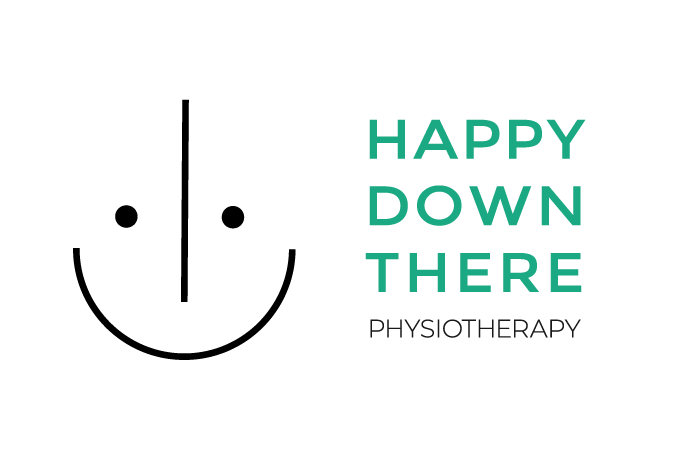What is endometriosis - and how is it treated?
What is it?
Endometriosis occurs in about 10% of people with vaginas who are of childbearing age. That is a huge portion of the population, but unfortunately, there’s still so much research to be done on this complex condition. What we do know is that it is the abdominal presence of endometrial tissue - basically, the lining of your uterus - outside of the uterus itself. These tissues, called endometrial lesions, can be found anywhere in the pelvic cavity and even migrate into the diaphragm.
What are the symptoms?
Symptoms often start as painful periods in teen years and can escalate to debilitating, like staying in bed for 2 or more days during a cycle. Not-so-fun fact: Endo is one of the leading causes of hysterectomies but symptoms don’t necessarily disappear just because you get a hysterectomy, because you can’t necessarily take out all traveled lesions just by removing the uterus. If you have endo, you may also experience persistent pelvic pain, something that doesn’t get recognised as much as it should.
What causes it?
There are several theories of the causes – genetics, environmental exposure to estrogen overload, an immune response - but the truth is we just don’t know. Yet.
How do I treat it as a pelvic health physiotherapist?
First and foremost, my role is to support you to help return back to function. That means working together to determine your goals. We can treat pain, urinary symptoms, bowel concerns or sexual function, but it’s up to you to decide what you’re really looking to get out of this. Throughout this, I’ll work closely with your gynecologist, especially since the reason you may have come to me might not be the painful menstruation (medication might help that), but you’ve still got some sexual dysfunction to work through, because the central nervous system has gone into overdrive, or maybe the pelvic floor muscles and connective tissues have gone into abnormal tone, and are too tight and weak, for example.
Other things we can work on together include deep breathing in relationship with the movement of the pelvic floor muscles with tonnes of education on pain management in a conservative way. I can also treat bowel concerns with diet modification tips and fluid intake modification tips and also sometimes teach the stomach with digestive massage to manage pain. You might be surprised that I often treat the inner thighs a lot too, because tight inner thighs can often refer pain into the vulvar region.
